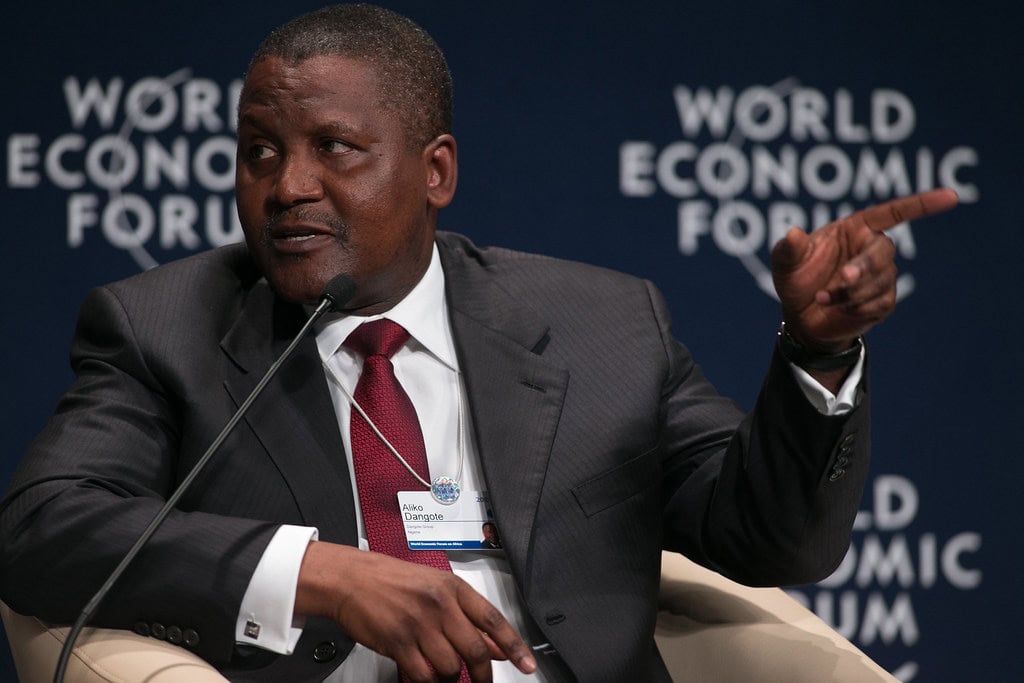
Introduction
Aliko Dangote, Africa’s top industrialist, is eyeing his next big venture—steel production. Known for his ambitious business moves, Dangote wants to tackle the rising demand for steel in West Africa, and maybe even the whole continent. Let’s dive into the current iron and steel market in Africa and see some of what lies ahead for Dangote’s new endeavour.
First, let’s peek into trade dynamics in Africa…
This scatter plot clearly shows South Africa as the leading exporter by a wide margin, with Egypt being a major importer. The stark contrast between import and export values emphasises the trade imbalance in many African countries, presenting ripe opportunities for new market entrants.
Looking at where Africa gets its iron and steel from, we see that South Africa is a major player, followed by other African countries like Egypt, Zambia, and Kenya. But when we zoom out to the global picture, China is the heavyweight, supplying a massive chunk of iron and steel to Africa, with other countries like Turkey, India, and Japan also playing significant roles. This dual view highlights the need for more African-based production to reduce dependency on external suppliers.
But Dangote has set his sights on ECOWAS...
Over the past decade, ECOWAS countries have seen their iron and steel imports steadily increase, especially after a dip in 2016. Despite this growing demand, exports have stayed pretty flat, never hitting the US$1 billion mark. This trend suggests there's a big opportunity for local production to step up and reduce the region's reliance on imports.
In 2022, Nigeria, Ghana, Côte d'Ivoire, and Senegal were the top importers of iron and steel in ECOWAS. Interestingly, Senegal and Ghana also exported a fair amount, though their exports were much smaller compared to their imports. This gap highlights a real need for more local production, which could be a perfect fit for Dangote's new project.
In 2022, over 50% of ECOWAS' iron and steel imports came from China, showing a heavy reliance on this major supplier. Other key sources include Turkey, India, and Germany. Increasing local production could help diversify the supply chain and make the region more resilient.
The top imported products include infrastructure parts, flat-rolled products, bars and rods, and tubes and pipes. These items are essential for infrastructure development, industrial applications, and construction projects across the region.
How about Nigeria?
Dangote has indicated that he intends to base his planned steel production out of his country, Nigeria. Let's have a look at the data on Nigeria's iron and steel trade. Nigeria is one of the biggest importers in the region, and has seen its iron and steel imports go up and down over the years, peaking in 2014. Despite the high demand, exports have barely moved. This reliance on imports presents a huge market opportunity for Dangote’s proposed steel production plans.
Ajaokuta Steel Plant: A Symbol of Challenges and Opportunities
The Ajaokuta Steel Plant is often referred to as Nigeria’s most ambitious industrial project and epitomises the challenges the country faces in its quest for industrialisation. Despite its potential to transform Nigeria's steel industry, the plant has remained largely non-operational due to decades of political instability, mismanagement, and chronic underfunding. This colossal project, which was supposed to be the backbone of Nigeria's industrialisation drive, now stands as a stark reminder of the hurdles that must be overcome to achieve sustainable industrial growth. The failure of Ajaokuta is instructive, highlighting the significant obstacles in scaling up steel production in Nigeria. However, with Aliko Dangote's proven track record—most notably in successfully building the Dangote Refinery—there is some hope. Dangote's expertise, financial acumen, and determination might just be what’s needed to finally make steel production in Nigeria a reality and drive the country's industrial renaissance.


